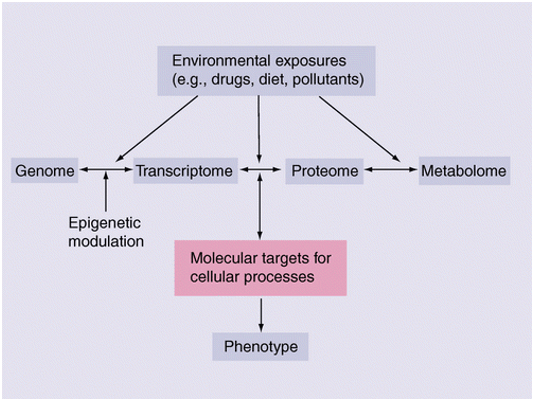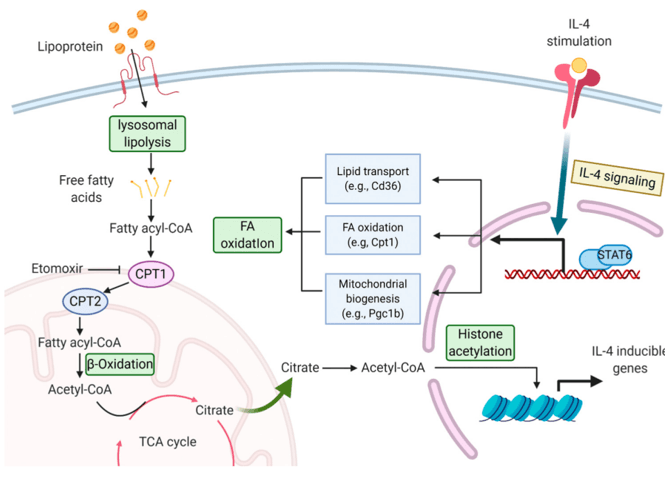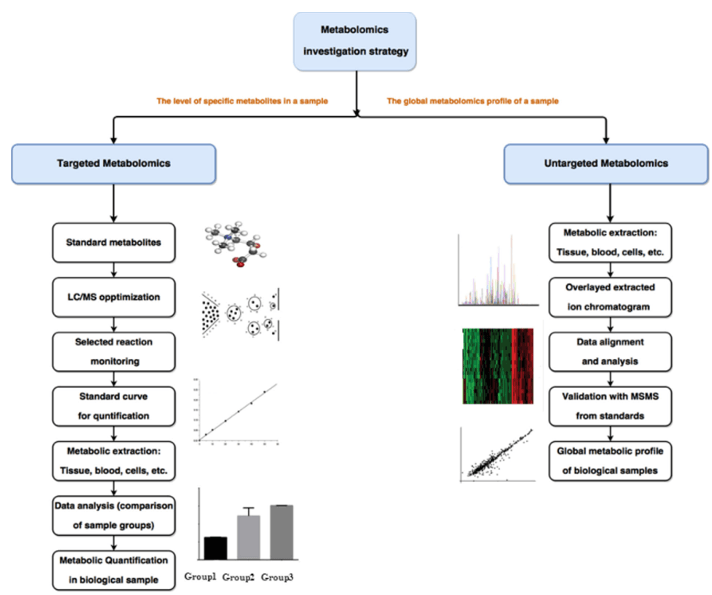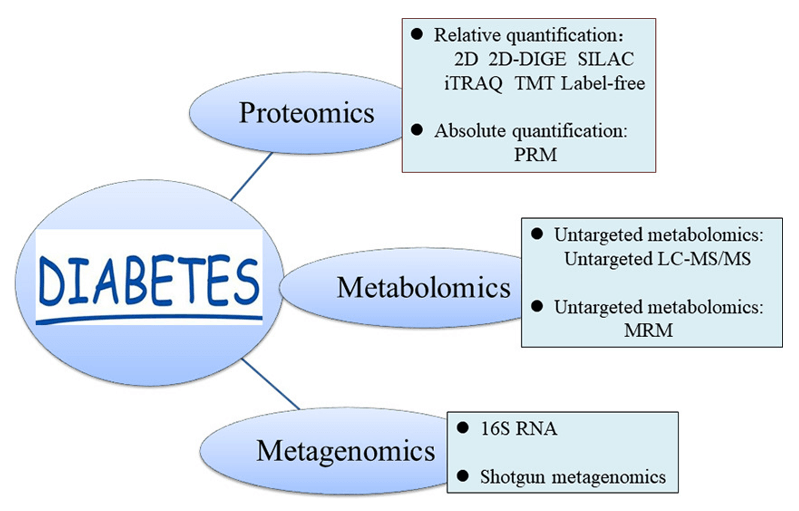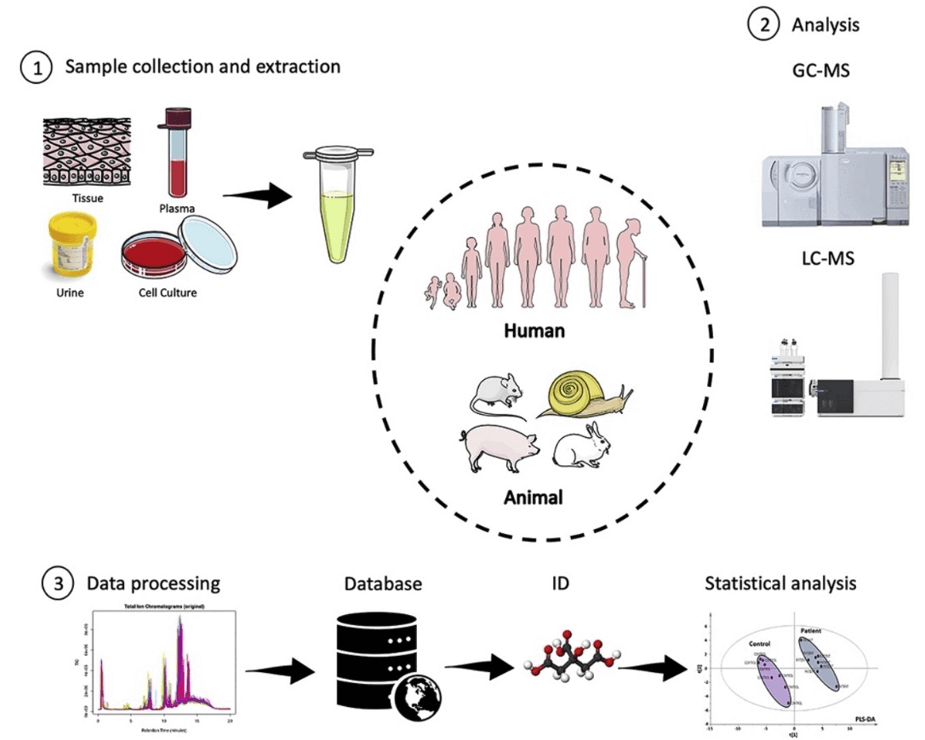Adenosine Diphosphate Analysis Service
Submit Your InquiryWhat is Adenosine Diphosphate (ADP)?
Adenosine diphosphate (ADP) is a key molecule in cellular metabolism and serves as a precursor to adenosine triphosphate (ATP), a major energy carrier. ADP plays a key role in energy transfer as ATP is hydrolyzed to ADP and inorganic phosphate (Pi), releasing energy for cellular functions. Understanding ADP and its metabolism is critical to understanding the energy dynamics of cells.
ADP Metabolism: Unveiling the Pathways
ADP is a crucial precursor in the synthesis of ATP, the primary energy currency of the cell. Through a process known as phosphorylation, ADP combines with inorganic phosphate (Pi) to generate ATP. This vital process primarily takes place in the mitochondria during cellular respiration, specifically oxidative phosphorylation.
When a cell requires energy for its various activities, ATP is hydrolyzed, resulting in the formation of ADP and Pi. This hydrolysis reaction is facilitated by the enzyme ATPase, which catalyzes the liberation of the third phosphate group from ATP, converting it into ADP. The release of this phosphate group during ATP breakdown releases the stored energy for cellular processes.
To maintain adequate ATP levels within the cell, ADP can be regenerated back into ATP through several pathways. One significant mechanism involves the enzyme creatine kinase. Creatine kinase facilitates the transfer of a high-energy phosphate group from phosphocreatine to ADP, resulting in the generation of ATP.
While ADP regeneration via creatine kinase is a noteworthy pathway, there are other pathways that convert ADP back to ATP. these alternative pathways contribute to the ongoing cycle of ADP and ATP, ensuring a continuous supply of energy for cellular function.
By understanding the complex process of ATP synthesis, catabolism and regeneration involving ADP, you can gain insight into the underlying mechanisms of energy metabolism and cellular function, enhance your understanding of normal physiological processes, and also provide valuable information for the study of abnormalities and diseases associated with dysregulated energy metabolism.
Creative Proteomics offers an ADP assay platform that enables quantitative analysis of ADP concentrations, allowing you to investigate cellular energy transfer mechanisms, study enzymatic reactions, and evaluate the efficacy of drug candidates targeting ADP-related enzymes. Accurate measurement of ADP levels is critical in a variety of fields, such as drug discovery, mitochondrial dysfunction studies, and bioenergetics research, enabling researchers to unravel the complexities of energy metabolism and identify potential therapeutic interventions.
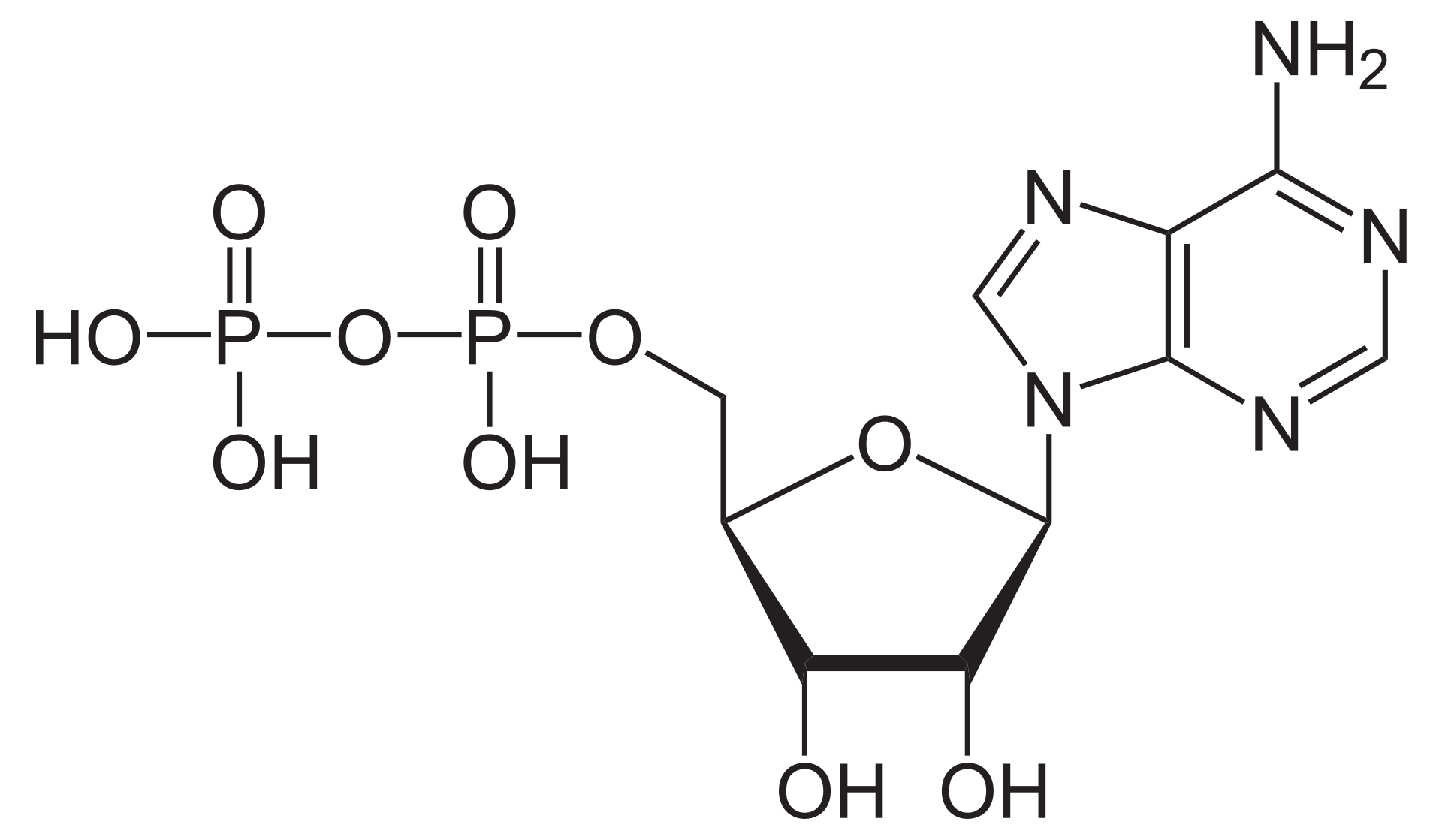 Molecular structure of adenosine diphosphate
Molecular structure of adenosine diphosphate
Technical Route of Targeted Metabolomics of Adenosine Diphosphate
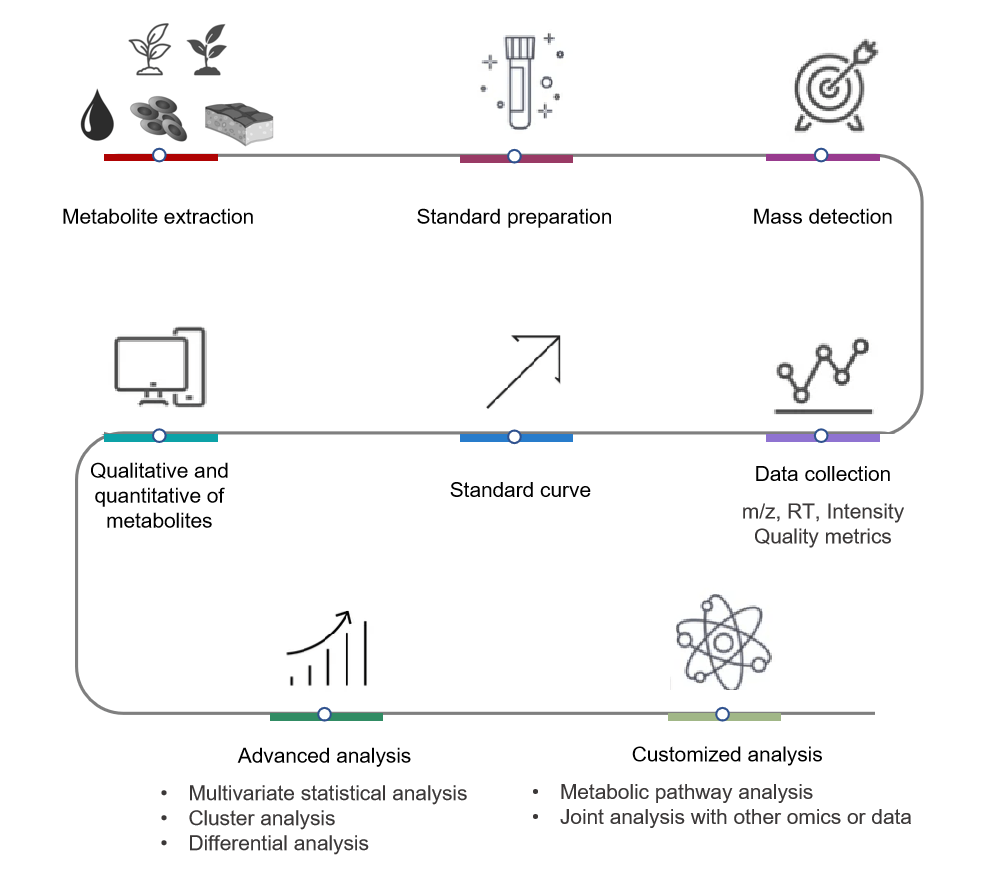
Applications of ADP Assay
Drug discovery and development:
ADP assay plays a pivotal role in drug discovery and development by assessing the inhibitory or activating effects of compounds on enzymes involved in ADP metabolism. Creative Proteomics offers state-of-the-art ADP assays that allow researchers to evaluate the potency and selectivity of drug candidates, helping streamline the drug development process.
Mitochondrial dysfunction studies:
Mitochondria, often referred to as the powerhouse of the cell, are responsible for generating ATP through oxidative phosphorylation. Dysregulation of mitochondrial function can lead to various diseases. ADP assay aids in evaluating mitochondrial function and identifying potential therapeutic interventions for mitochondrial disorders.
Bioenergetics research:
ADP assay is a fundamental tool in bioenergetics research, enabling scientists to investigate cellular energy production, utilization, and the efficiency of energy transfer pathways. By measuring ADP levels, researchers can gain insights into the metabolic status of cells, tissue, or organisms under different conditions.
Feedback to Customers
Creative Proteomics will provide you with detailed technical reports, including
- Experimental steps
- Related mass spectrometry parameters
- Part of the mass spectrum picture
- Raw data
- Metabolic molecular identification results
Creative Proteomics offers several approaches to metabolomics studies, delivers precise and detailed data and analysis report. We can also customize the methods or establish new methods together with our collaborators, so they are fit-for-purpose and meet your specific needs. If you have any questions or specific requirements, please feel free to contact us.
References
- Riera-Borrull M, Rodríguez-Gallego E, Hernández-Aguilera A, et al. Exploring the process of energy generation in pathophysiology by targeted metabolomics: performance of a simple and quantitative method. Journal of the American Society for Mass Spectrometry, 2015, 27(1): 168-177.
- Kim M J, Lee M Y, Shon J C, et al. Untargeted and targeted metabolomics analyses of blackberries – Understanding postharvest red drupelet disorder. Food Chemistry, 2019, 300:125169.
- Wang X, Zhao X, Zhao J, et al. Serum metabolite signatures of epithelial ovarian cancer based on targeted metabolomics. Clinica Chimica Acta, 2021, 518: 59-69.




